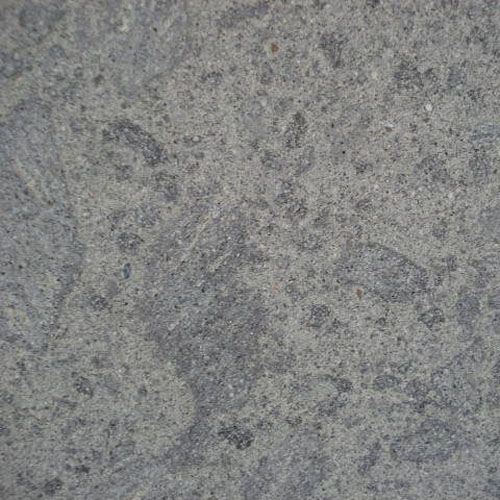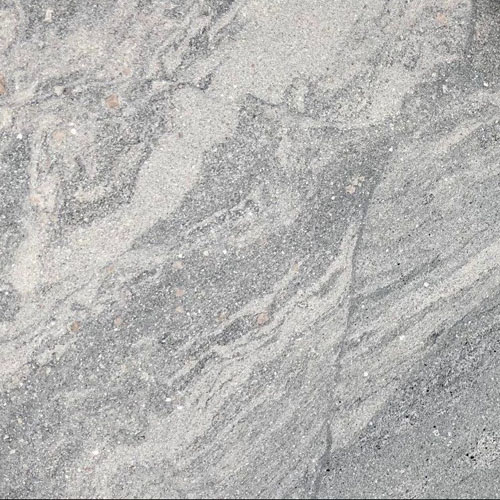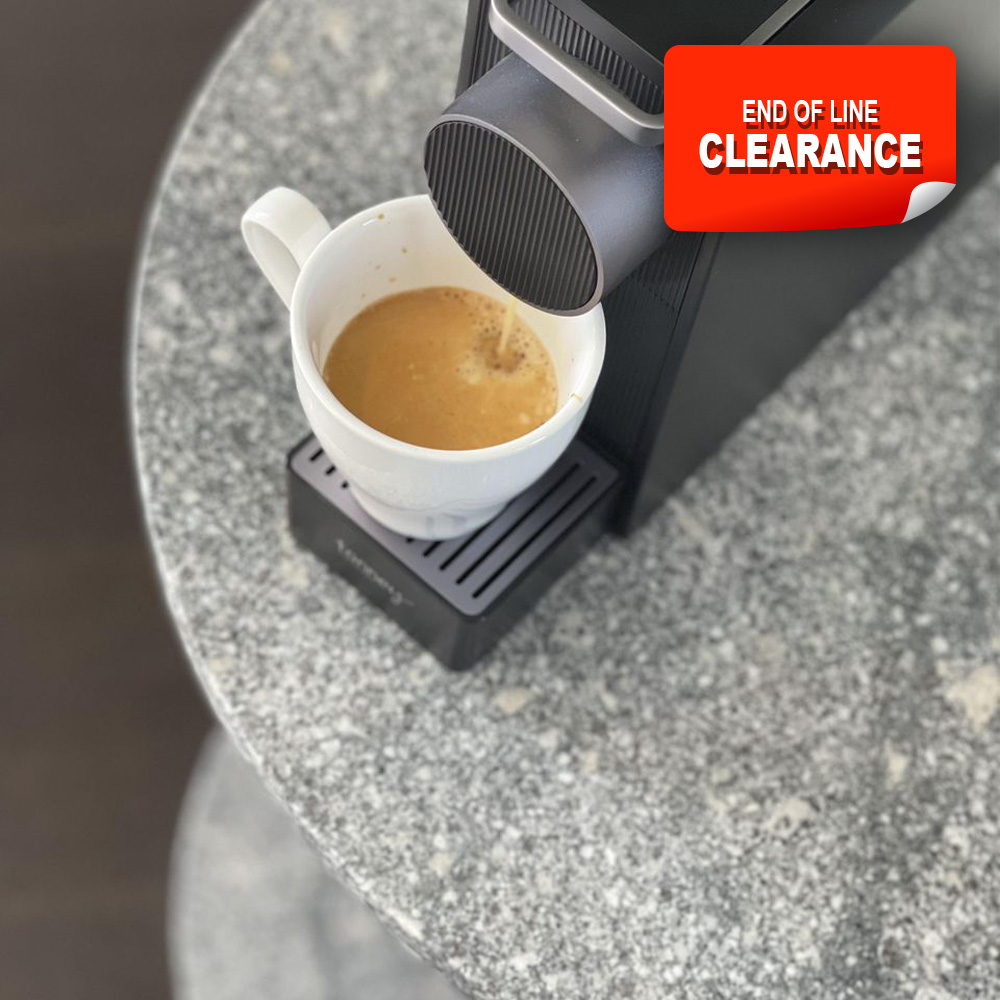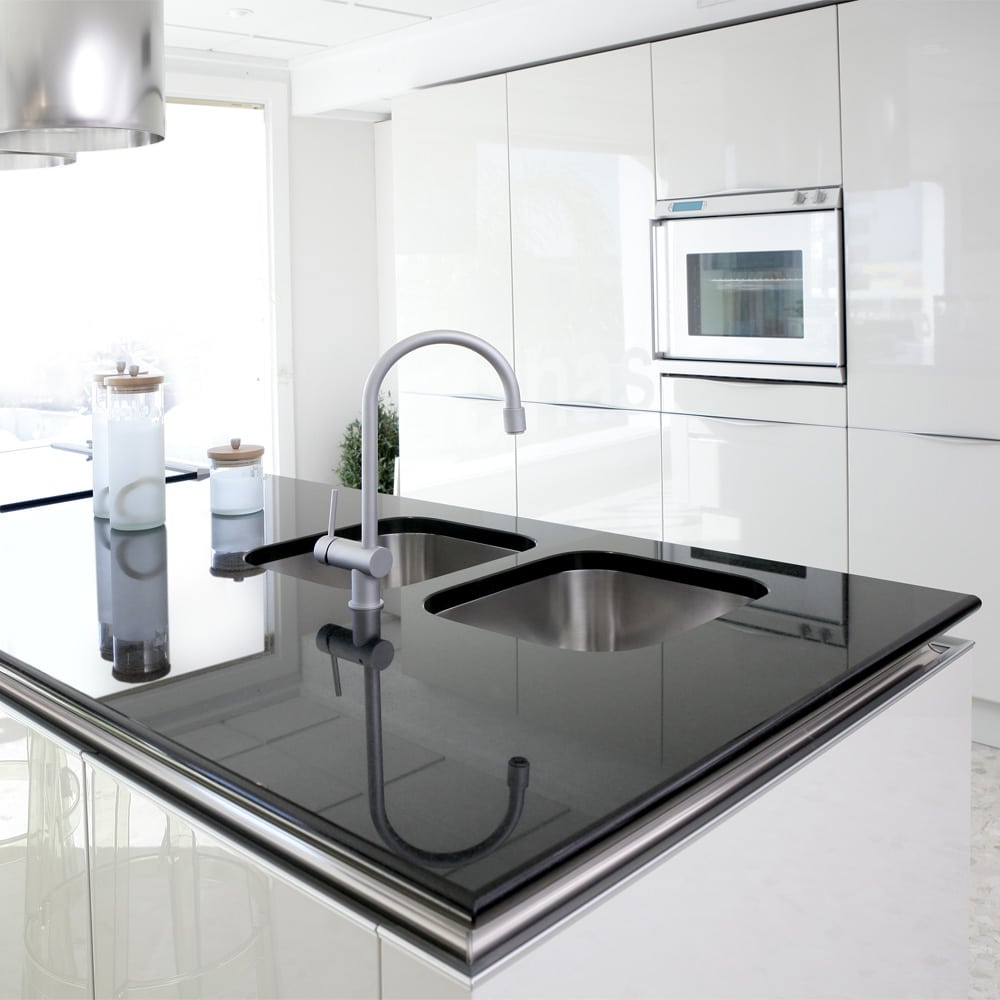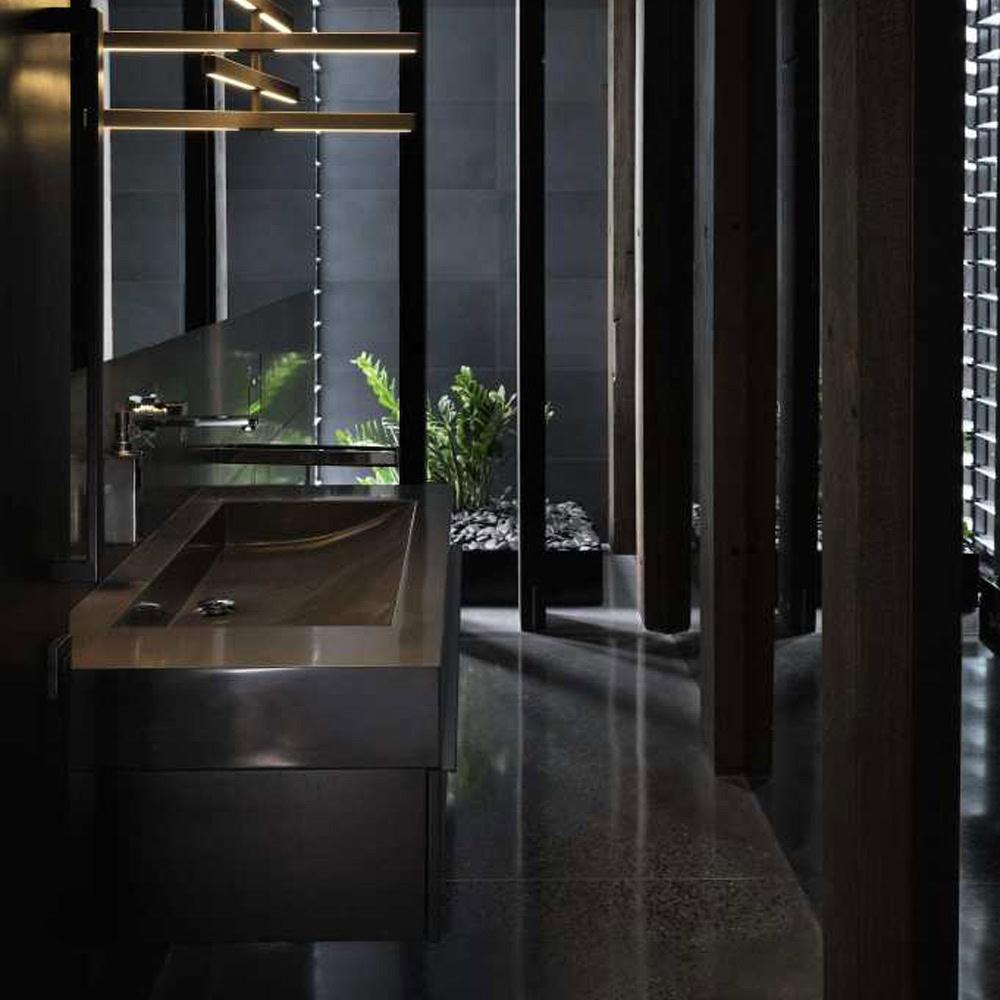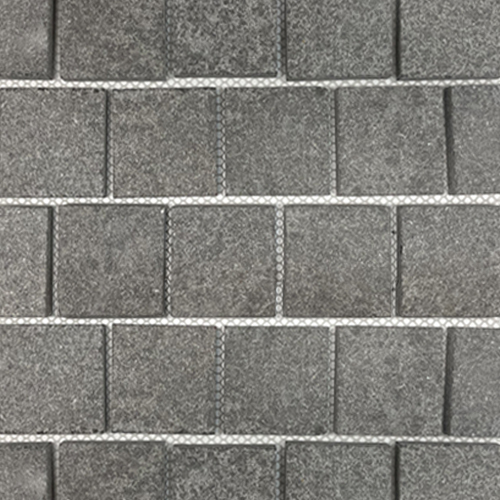GRANITE, BASALT & SLATE TILES
Granite, Basalt & Slate Tiles
Granite & Basalt Tile Supplier Sydney
Granite and Basalt tiles and slabs are dense, strong materials that work well for any commercial or residential project. These materials naturally come in darker shades of greys and blacks. Looking for a lighter material in colour? We have a full range of natural stone slabs and tiles that range in colour, tonality, and finish.
For outdoor inspiration, check out our Outdoor Pinterest board.
Granite Tiles & Slabs
What is Granite?
Granite is a particular type of stone formed from cooling magma that has a specific mix of minerals. It is a very hard resilient stone that has been used for millennia to construct buildings and statues. It became very popular for modern flooring and bench tops because of its ability to withstand the stresses of modern lifestyles. Most Granite slabs and tiles today are characterised by a mixture of large granules which give the characteristic “spotty” look.
Uses for Granite Tiles and Slabs
Today much of the Granite is used for internal and external flooring where the strength of Granite has many advantages but the limited colour palette still works well. Granite pavers and tiles provide a strong weather-resistant product that will last decades outside.
Internally we still use granite but often in plain black or some of the more patterned options as fireplaces, feature walls or vanity tops, and, in commercial projects, the more dramatic granites still adorn building foyers.
Basalt Tiles & Slabs
What is Basalt?
Basalt is formed from rapidly cooling lava and more than 90% of all volcanic rock on earth is Basalt. While there are many varieties of Basalt, typically they are dark to mid-grey colours with a mix of large and coarse grains that give them their characteristic look. It is common for Basalt to have small holes which may run for a short way on the surface of tiles (cats’ paw).
Because of the way Basalt is formed it is difficult to get large format tiles and slabs as the “nodules” of Basalt in the earth are often small or fragmented.
Each region where Basalt is quarried will have a particular colour and structure which is characteristic of the geologic history of the area. This variety of sources can create difficulties when using Basalt as despite the colour being similar, different sources may have different characteristics making one product suitable while a similar-looking product a poor choice.
Some of the Basalts that have been quarried for centuries from the same source provide the best options for a resilient finish with known qualities.
Uses for Basalt Tiles and Slabs
Basalt slabs and tiles can be used in many situations, but most common applications are for internal and external floors.
Melbourne streets are paved with locally sourced Basalt pavers and Basalt Cobbles have been a popular construction material for pavements across the world.
Basalt tiles and slabs are popular for external courtyards and pathways, as cladding on pool walls or internally as floors and walls. The selection and treatment of Basalt is important to ensure a good outcome with particular adhesives and sealers preferred to avoid discolouration or marks appearing over time.
Basalt from slab is a visually appealing option for fireplace surrounds and as feature walls inside or as a surround for BBQs.
What are slate tiles?
Slate is a naturally occurring, textured stone found throughout the world. It is made predominantly from quartz, mica, muscovite, and calcite. It is classed as a homogenous, metamorphic rock that is foliated. This foliation gives slate its unique layered appearance making it naturally waterproof and slip-resistant.
Slate is typically dark grey but can also be found in deep blacks, greens, and even hints of red or purple. Slabs of slate are quarried in large chunks that are then sliced along the foliated lines to preserve structural integrity. These are then cut into tiles and slabs and finished depending on requirements. Typical finishes include honed, polished, and a more natural, “cleft” surface.
Advantages of Slate Tiling:
Slate doesn’t stain
As slate’s foliated, dense structure leaves little room for air holes and pitting, liquids, moisture, and oils are unable to enter its surface. This means it is effectively stain-proof and has antimicrobial properties, preventing bacteria from residing within its structure, making it a popular countertop material.
Naturally slip-resistant:
The layered texture of slate provides a natural grip to a walking surface, even when polished. Unpolished and finished with a honed or cleft appearance, slate becomes an extremely slip-resistant surface making it suitable for kitchen flooring and outdoor paving.
Can be rejuvenated:
While slate can lose its lustre over time it is a stone that can be restored easily using basic cleaners and sealers. Sealers help bring the natural colour back out of the stone and also act as a protective barrier against scuffs and marks.
Suitable for all purposes:
While slate’s material properties make it a practical material, its dark and intriguing appearance also makes it an appealing one too. Then, and now, slate is used throughout properties both in and outdoors as surfaces and cladding with its naturally dark colour and texture suiting rustic chic decor as well as classic design.
Why Choose Granite, Basalt or Slate Tiles over Marble Tiles:
Durable & Tough
As a luxury material, marble’s main appeal is its appearance. While marble is durable enough for decorative and light usage, more demanding settings will require tiles made of granite, basalt, or slate. This is because the underlying minerals and rocks involved in their composition are harder. Granite, for instance, has a much tighter packed granular structure than marble, making it far more durable and tough.
Easy to Maintain
As beautiful as marble is, it is not the easiest stone to maintain. It requires ongoing sealing and certain chemicals, acids, and cleaners can etch the surface of the stone. This is not the case with granite, basalt, or slate which are very low-maintenance choices.
Slate, for example, is non-porous, having an extremely dense composition that won’t allow bacteria and stains to harbour within its surface, unlike unsealed marble.
Hard to Scratch
While marble might feel hard to the touch, it is a surprisingly soft stone. On the Mohs hardness scale, it registers around 3. This makes the stone for light usage and decorative purposes and especially sculpting, but granite tiles or ones of basalt and slate are a better choice in other environments.
Granite, slate and basalt have a hardness rating between 5.5 and 7 making them ideal countertops and walking surfaces in areas of high footfall.
Choosing the Right Finish for Your Granite or Basalt Tiles
After deciding on the right stone material for your tile, it’s important to choose the right finish. A finish will ultimately decide how your tilework is perceived and how it will make a room feel once installed.
Honed
With a honed tile, a smooth, even matte texture is achieved. This stands in contrast to a polished, gloss tile that features a high shine. The effect is achieved using diamond and grit abrasive pads that wear away the top layers of the stone until the surface is evenly smooth and matte. Honing can help unveil natural formations within a stone and also add grip.
Polished
Polished granite has a smoother and more reflective surface with a high-gloss appearance. This attractive finish creates a more contrasting appearance with colours appearing richer and more pronounced. This finish allows tiles of granite and basalt to reflect light back into a room making a setting brighter. Polished stone tiles are traditionally regarded as giving a space a more glamorous look.
Brushed
A bush treatment gives a highly textured finish to granite or basalt, with tightly spaced putting. This is achieved with rollers or other machinery making the holes uniform in spacing, Tiles with this finish are ideal for slippy areas such as poolsides or outdoor patio areas.
Chiselled
Chiselled tiles feature edges that appear cut by hand. These rougher-edged tiles can make a space feel more homely and introduce a bespoke feel to a kitchen or bathroom. While the edge finish can be applied to any other type of finish, it is typically paired with honed tiles for flooring.
Flamed and Waterjet
Manifesting the elements, flame-treated tiles have been fired under powerful flames to create a crackled, textured surface. After immense heat, the tile is then cooled under water to form hardened crystals due to thermal shock. This is slip-resistant and mostly used for outdoor purposes where rainfall and pool water could be found.
Waterjet finishes produce a similarly roughened surface but with powerful water-cutting tools instead. This is often preferred to a flame finish as it does not change the stone’s internal structure.


